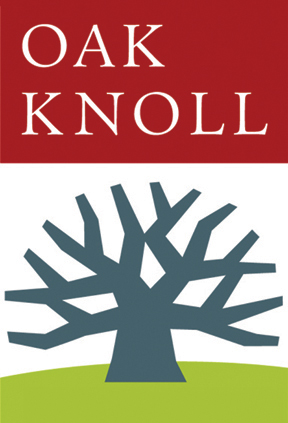hardcover, sewn
2024 · Ann Arbor, MI
by Lindsay, Jen
Ann Arbor, MI: The Legacy Press, 2024. hardcover, sewn. Bookbinding. 8.5 x 10 inches. hardcover, sewn. 216 pages. This is the revised 2nd edition of this popular, long out-of-print book by the highly respected bookbinder, scholar, and teacher.
The purpose of this book is to guide the reader through the sequence of operations involved in creating a book bound in leather, or a "fine binding." The author defines a fine binding as a book fully covered in leather, with leather-jointed endpapers, gilt edges, and leather doublures. Although a basic knowledge of bookbinding terms and techniques is assumed, this book is meant for both novice (truncated)
The purpose of this book is to guide the reader through the sequence of operations involved in creating a book bound in leather, or a "fine binding." The author defines a fine binding as a book fully covered in leather, with leather-jointed endpapers, gilt edges, and leather doublures. Although a basic knowledge of bookbinding terms and techniques is assumed, this book is meant for both novice (truncated)


















